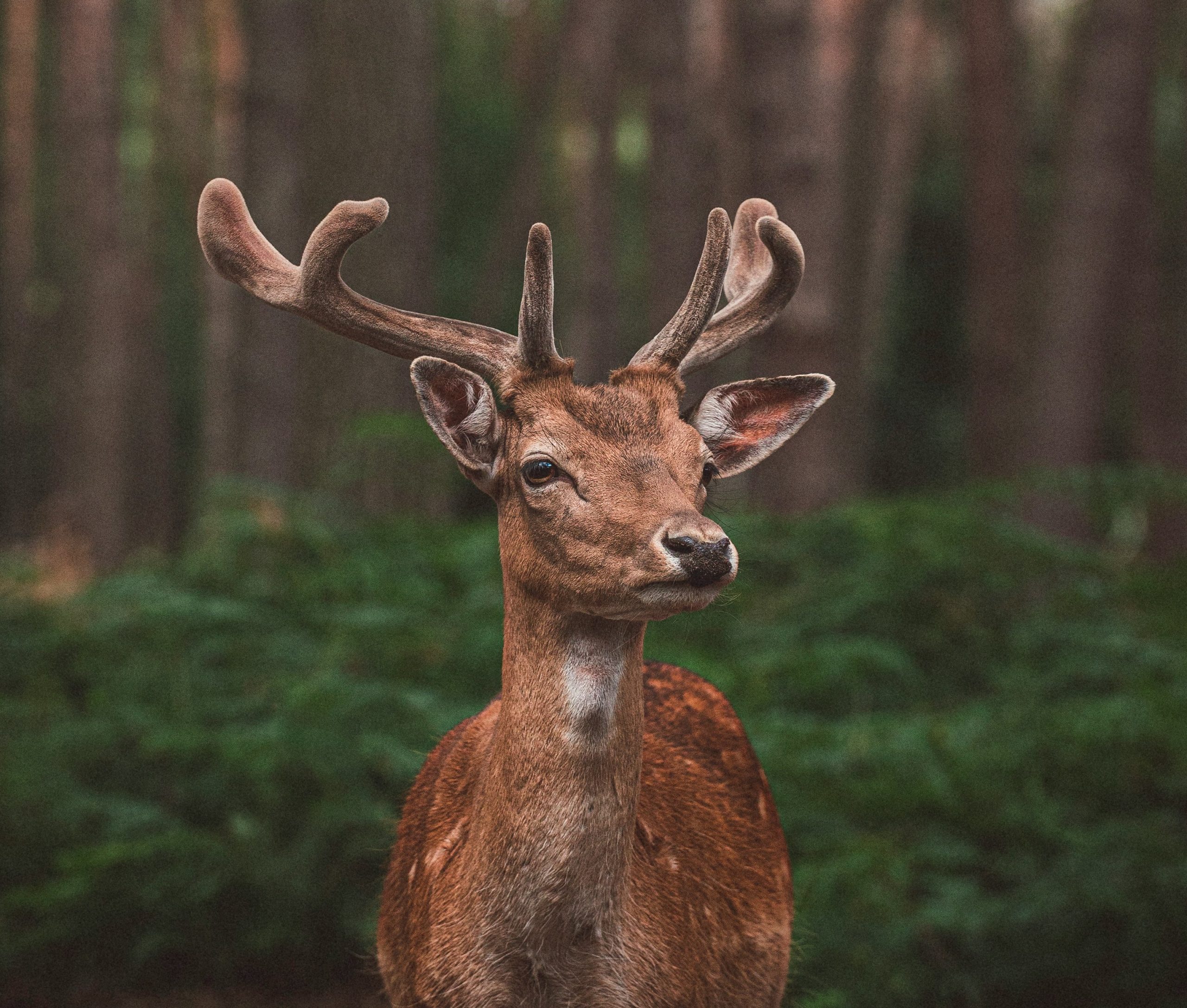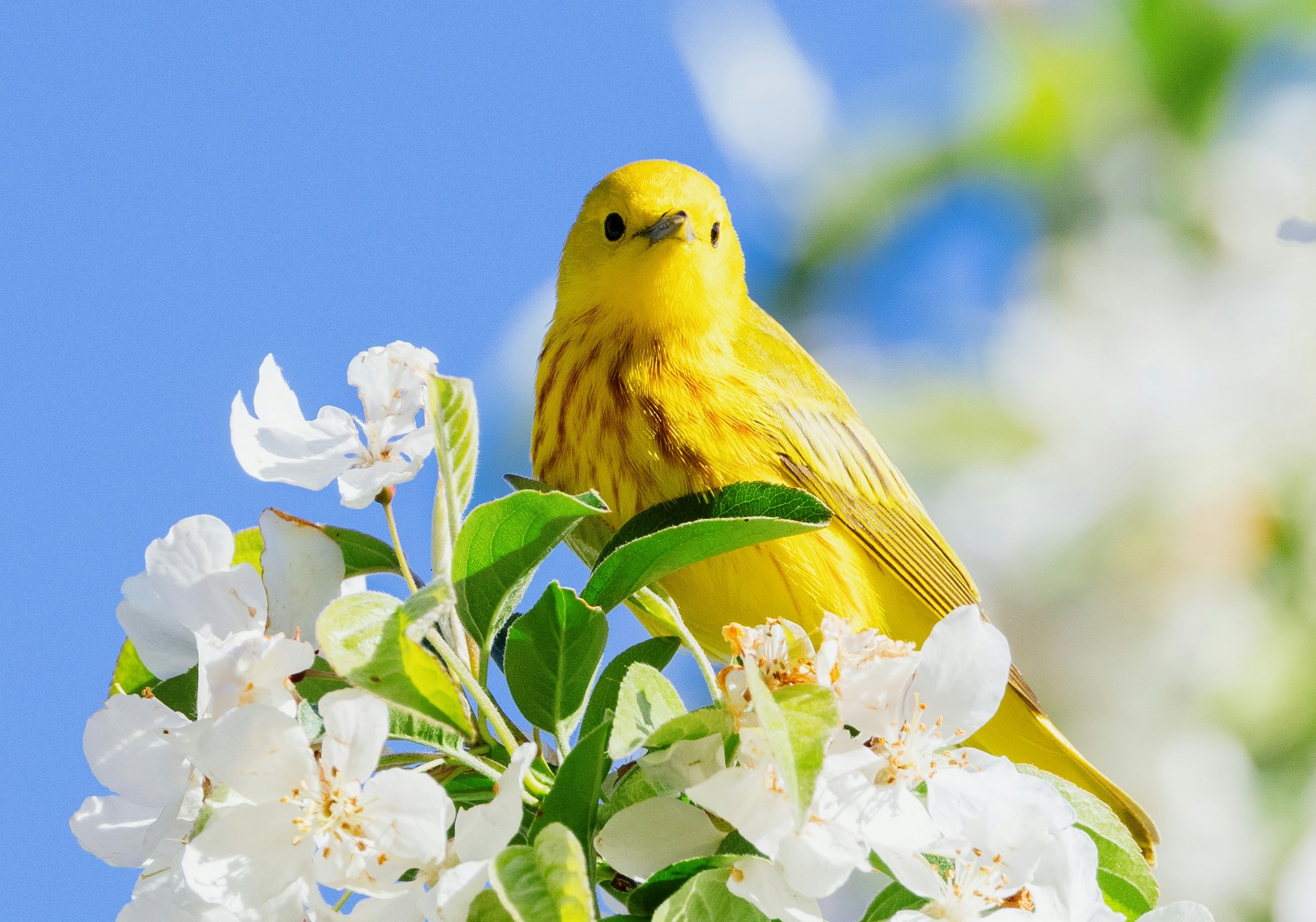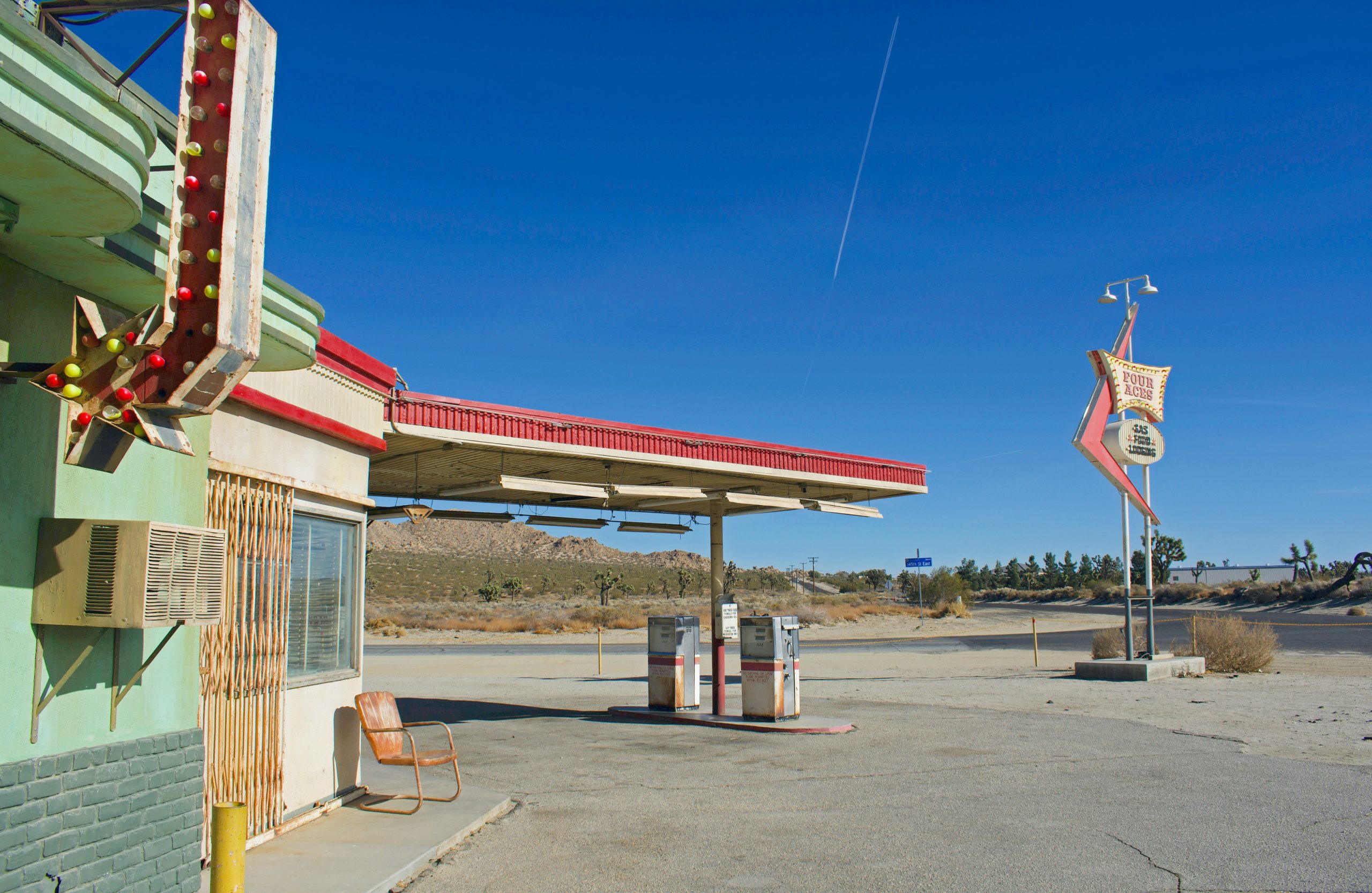Lit Mags
We are the 300-year-old big bois of the sea and we did not come to play
A story by Emrys Donaldson

We are the 300-year-old big bois of the sea and we did not come to play
In the tidepools we felt an absence. No longer hummed the starfish and anemones, the dumbfounded krill. The shifting, blurred shapes of palm trees loomed out there, on the shore. Their fronds, which sometimes skated on the surface of the water, fell to the sand like the balconies of the condominum towers. When those fell into the water, they sank. The waves still smoothed in over the shore to foam there a moment before they receded. Us, well. We remained.
We are the three-hundred-year-old heckin big bois of the sea, grown larger than any of our kind has ever been before, covered in carapaces made of titanium custom-molded to our bodies, the embodied dreams of our elders who gradually decayed until they collapsed into fleshy heaps on the floor of the sea, fortified with the language we developed to sustain us, suited up in our cyborg flesh probably able to live forever, placed here in the time where we have a fighting chance at taking over the rest of this water planet, kind among our kind, moulting with the assistance of bigboi doctors and bigboi scientists, investigating the future-focused potentialities of telomerase manipulation, well-armored against enemies of any size, and we did not come to play.
We remember when the hands of land mammals came down through the water. A red cloud bloomed in the water. The hands themselves tasted of sand and the tiny bones of the endoskeletons. Sometimes, when we are very hungry, we eat the flesh of land mammals whose bodies sink. Despite knowing their flesh, we have questions. What would it take to have so many bones and so small? How did they regrow them once they got old? Could their flesh wrap around the bones, as ours did? Could they replace their bones with titanium rods and have flesh grow around those? What happened when their outer layer of skin moulted? Do they make telomerase? How do they feel about being soft? Do they feel vulnerable most of the time?
The land mammals up above gather the rock crabs in their nets. When the motors buzz and we detect the stink of their machines, we hide. We are not proud of this. We watch the bodies of the rock crabs sink down toward us through the water, trailing bubbles against the light. Octopuses who wait nearby snatch a few right out of the water and pass them from tentacle to tentacle, tearing their skeletons from their meat and eating as much of them as possible.
When they come back to us—if they come back to us—the rock crabs are missing hands, unable to tell us what happened. Instead, they skitter into crevices and freeze whenever the land mammals glide by at the surface. Sometimes the rock crabs die after anyway. We try to care for them by leaving soft bits of clam outside their dens even though many leave them wholly untouched. Their flesh shrinks inside their hollow shells and their eyestalks rot away.
Us lobster monsters lug our bodies to the shore. Our claws hang heavy from our bodies as we lumber toward the fisheries. When weighed, our claws break three hundred pounds. We do this sometimes. On nights like this one, we snap through the gates that face out to sea. It takes so little pressure from our huge claws—a little snap, maybe two—before the mesh parts and our friends swim out toward us. Some are dazed and some maimed. Before moonset, we walk back all quiet-quiet to the place below the surface where we know we will be safe.
Near our safe place, we smell hybrid beasts and listen to their keening. The silhouettes of their bodies glow against the moonlight. Though the upper halves of their bodies mirrored the land mammals, the lower halves were smooth and gray as the skin of manatees. We have been alive long enough to assume that we have seen it all—the rise and fall of maritime empires, the construction of offshore pleasure islands and their decay—but we have never before seen a beast or being like them. They are something new.
The hybrid beasts came into being in the lagoon by the power plant, after decades of their presence in the coastal waters, infected by the seaweed, attracted by lingering warmth and the force of habit, their bodies gray and smooth as stones, as fluorescent snot trailed from their nose-holes like mucosal wings, as they surfaced to suck at the air in great gulps, breathing radioactive wastewater, slowly adapting the membranes of their bodies, now a viral vector, the nuclear manatees float in the gloaming.
On the edge of the lagoon, a concrete beach sloped gently down to the water. Land mammals came here. They lay in the water a long while, until their legs closed together, until they grayed out. Gills slice in matching horizontal lines into the sides of their torsos. Though their genitals sense softness, when water rises up over them they redden. They slip into the water with the manatees. Their sideways mouths unnerve us, so we try to avoid looking at them.
When we the heckin big bois next emerge from the sea, we drag deep lines in the wet sand. It’s an inversion of the first night newborn turtles make their way to the sea. The night’s art project looms before us in the empty shells of condos built by land mammals who “invest” in “property” whose “value” might “rise.” We obliterate. Tarps flap with the regularity of waves. We snap our claws all together and the sonic boom when they all go at once shatters the thin panes of the front windows. With the serrated edges of our teeth, we chew on the drywall boards. We decide to call our deconstructive art project THURSDAY FINGERS, after a sign with removable letters we can see from the water. With their high squeaks the dune mice thank us. We retreat.
On some spectrums of light, the land mammals shift entirely to sea creatures; on others, they stay hybrids. Whether wholly mammal or wholly manatee, their physical features blur. Lactation sacs poof and deflate from their chests. By our age, we are used to so much change happening in the sea—change we do not witness.
The manatees travel toward the hybrids, and the hybrids scrub the manatees of the dank algae which collects on their sides. Under their touch, the manatees groan. We sense when the hybrids snot on the manatees and the manatees snot on the hybrids. Where the snot touches, it spreads, and it encloses all of their bodies in a limegreen glowing layer of protection; it heals scarred places on their torsos. From scalpel or motorboat we know not. In the sea, change happens without witnesses, and the continual movement from one state to another is as natural as the tide.
The next darkness, we lurk below the long bridge over the shallows. The concrete pillars which hold it up loom above us. We pound our claws at the base of one, over and over, the vibrations reverberating deep into the earth. With each other we coordinate exactly, as though we were smaller parts of one larger creature. The concrete of the bridge cracks and into the cracks we spew water at high velocity. From the large cracks sprout smaller ones, which spiderweb across the surface of the concrete until pieces fall into the water around us.
We help the hybrids take the land mammals across the gap left after the bridge is gone. The gentle ones, some hairy and some hairless, wear small pieces of fabric on their bodies. They screech as the hybrids lift them across the gap. Most of them shrink back from us like our prey, and so instead of touching them we focus on blocking the worst of the waves so the water near them remains still. We are so close to each other that the plates of our bodies squeak against each other.
The manatees low beside us and their bass vibrations shake up our world. Seven versions of ourselves split off from each one of us, and from them sevenfold more. There are so many antennae that they tangle. Collectively we receive long-wave radio from the last towers. A toothache in land mammal language, mostly messages repeated over and over. Like the stone crabs, sometimes we think that our rage is the only thing keeping us alive.








